Top 10 “Behind the Headlines” stories of 2018
Once again, science and technology played a major role in some this year’s biggest stories. The Behind the Headlines blog covered many of these by explaining how MATLAB and Simulink were behind the scenes, helping engineers, scientists, and researchers innovate around the world. Here are our top ten stories of the year, based which posts our MATLAB users and STEM audiences read the most.
10. Machine learning to the rescue – When you just cannot hold still for an MRI
Starting the top-ten list for 2018 is research from Washington University School of Medicine and the Oregon Health and Science University. The team developed a system that uses real-time statistics of patients’ movements during an MRI scan to signal when the scan has collected enough information for valid results, reducing the time and cost of administering an MRI by 50% or more.
9. Star Trek-inspired solid-state airplane takes to the sky without moving parts
The story at number nine for 2018 was just posted earlier this month! Researchers from MIT, inspired by the Star Trek airships that travelled noiselessly through the air, demoed the first-ever solid-state airplane. The design uses ionic wind for propulsion.
8. Best trivia question ever!
The story that came in at number eight this year is just about guaranteed to be the trivia stumper of the year. On trivia night, ask your friends, “What is a scutoid?” Chances are, despite being covered in them from head-to-toe, they won’t know. The truth is, no one knew until just recently, because scutoids were just discovered, and therefore just recently named.
7. All-time heat records set around the globe last week: Some great climate visuals
Climate change came to life in some stunning yet scary climate visuals in story number seven.

Simulation of maximum temperatures on July 3 from American (GFS) weather model at two meters above the ground. Image credit: Climate Change Institute, University of Maine, USA.
The article shared three different climate visualizations, including one that united meteorologists around the globe on the summer solstice. (and was spotted on a Tesla!) #MetsUnite.
6. Bug Brain Beats Machine Learning
Living organisms have long provided inspiration for technology, from the invention of Velcro (based on seed burs) to winged aircraft. The story at number six for 2018 shows how biomimicry is being extended to artificial intelligence (AI).
With AI, machines take on natural cognitive functions such as learning and problem-solving. Artificial neural networks (ANNs) take biomimicry a step further by creating computing systems inspired by the brains of living organisms. A neural network based on a moth’s brain outperformed machine learning.
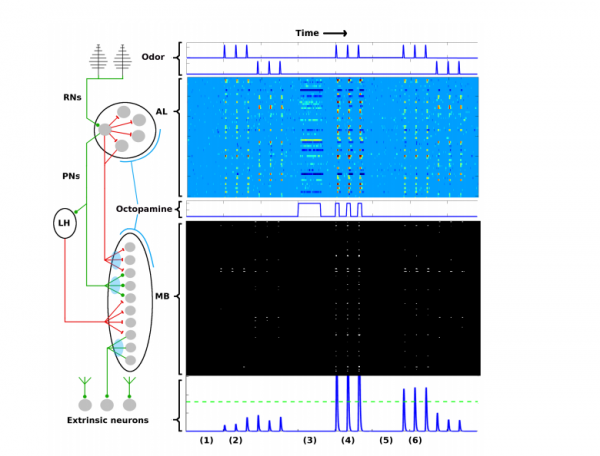
The green lines highlight the pathways in MothNet, the artificial neural network and the blue lines are the biological pathways. Image credit: Delahunt and Kutz.
5. Now submarines can communicate wirelessly with airplanes and drones
At number five, MIT’s new wireless communication technique tackles the issue of how sonar (used by submarines) and radar (used by planes and drones) can’t cross the air-water boundary. MIT designed a new system which transmits a sonar signal directly to the water’s surface. The signal causes small vibrations at the surface. A highly-sensitive millimeter wave receiver reads and decodes the tiny disturbances, converting sonar directly to radar. It lets planes and drones monitor the water’s surface for incoming messages from subs and underwater drones.

Three options for cross-boundary communications. (a) RF to RF communication fails due to signal decay. (b) Acoustic to acoustic communication fails due to sound reflection. (c) TARF utilizes acoustic to radio waves to successfully communicate. Image Credit: MIT Media Lab
According to IEEE Spectrum, “Now, a team at MIT has developed a technique for an underwater source to communicate directly with a recipient above the surface. And it could be useful for more than just submarines—underwater exploration and marine conservation could benefit as well.”
4. Microscope creates first-ever 3D video of living cells inside the body using MATLAB
What do you get when you combine state-of-the-art microscopy with a technique used by astronomers to get a clear view of celestial objects through atmospheric turbulence? You get a new form of microscopy that lets you see stunning 3D movies of cells deep within living systems. For example, the video clip below shows a cancer cell (in green) invading a blood vessel (purple). Check out the whole blog post to see more amazing images captured by the AO-LLS microscope developed by physicist Eric Betzig and a team of researchers from Harvard University and the Howard Hughes Medical Institute.
3. Brain mapping shows child’s brain was “rewired” after double hand transplant
The story that occupies the third sport in 2018 is about an amazing kid! At age 2, Zion Harvey had his hands amputated due to a life-threatening infection. At age 8, he was the first child to receive a double hand transplant. U.S. News and World Report stated, “Now he’s gaining notoriety for another milestone: the way his brain reorganized itself in response to the amputation and transplantation.”
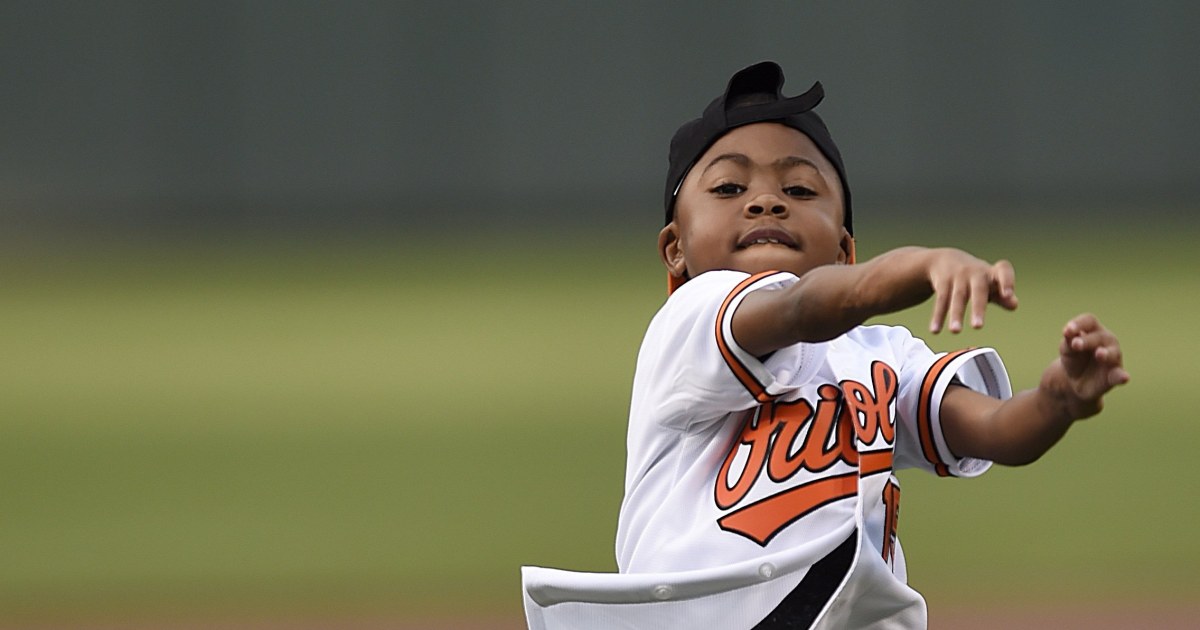
Nine-year-old Zion Harvey throws out the first pitch at a Baltimore Orioles game. Image Credit: NBC News / Gail Burton / AP
Researchers utilized a non-invasive neuroimaging technique to collect data on how Zion’s brain reacted to stimuli on his new hands and then used Brainstorm to perform data analysis for this study. They found his brain was re-learning to feel sensations in his hands.
2. Imaging Algorithm Lets You See Around Corners with Laser Pulses
The second most popular post in 2018 shared a newly-developed imaging algorithm that uses laser pulses to see objects that aren’t in the line of sight. Stanford University’s system can detect objects, in 3D, that are hidden behind walls and around corners. The system uses an algorithm, created with MATLAB, that computationally reconstructs objects hidden from view.
1. The laurel vs. yanny debate… Did someone tamper with the sound file?
The top story for 2018 wasn’t about science or technology, but rather how science and technology could find answers to the world’s (not so) critical issues. Why did some people hear “laurel” when others clearly heard “yanny”?
When the blue dress/gold dress controversy blanketed the internet, we learned sometimes you can’t trust what you see. This story does the same for sound. Fortunately, wavelet-based signal processing techniques can determine the reasoning behind the confusion. Read the full post to find out how.
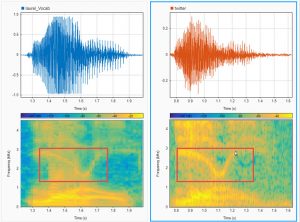
Now for some stories that are making headlines!
If you like “Behind the Headlines”, check out these stories about some of the research and products our customers are working on. From a group of recent grads in Uganda who are working to solve the pneumonia misdiagnosis problem that claims so many children’s lives in their country, to how farmers are turning to AI to boost production and feed our planet’s growing population, these stories share how science and technology are making an impact worldwide.

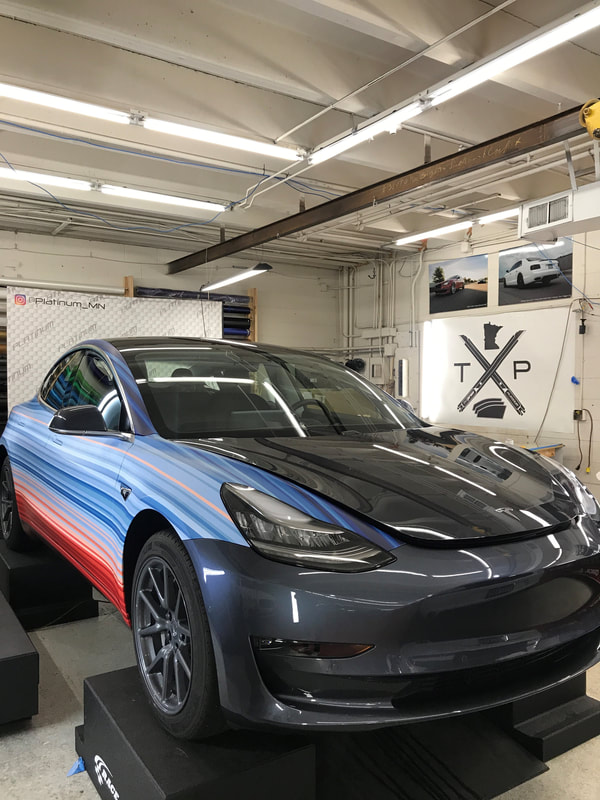
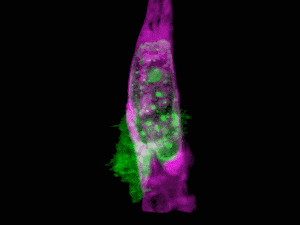
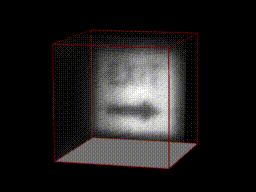


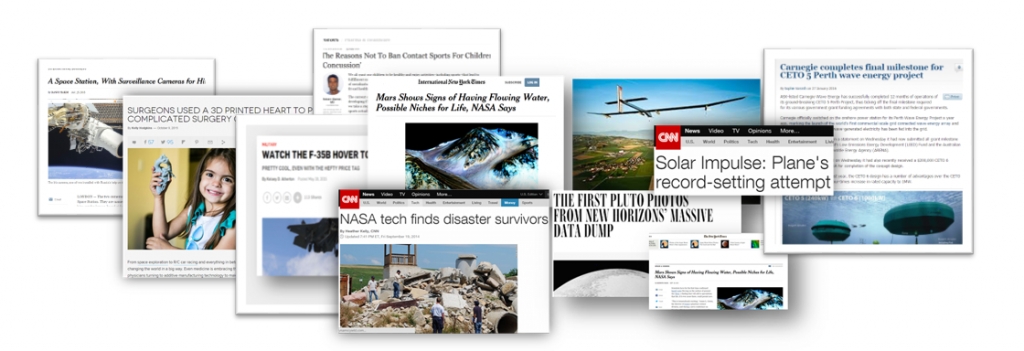


Comments
To leave a comment, please click here to sign in to your MathWorks Account or create a new one.